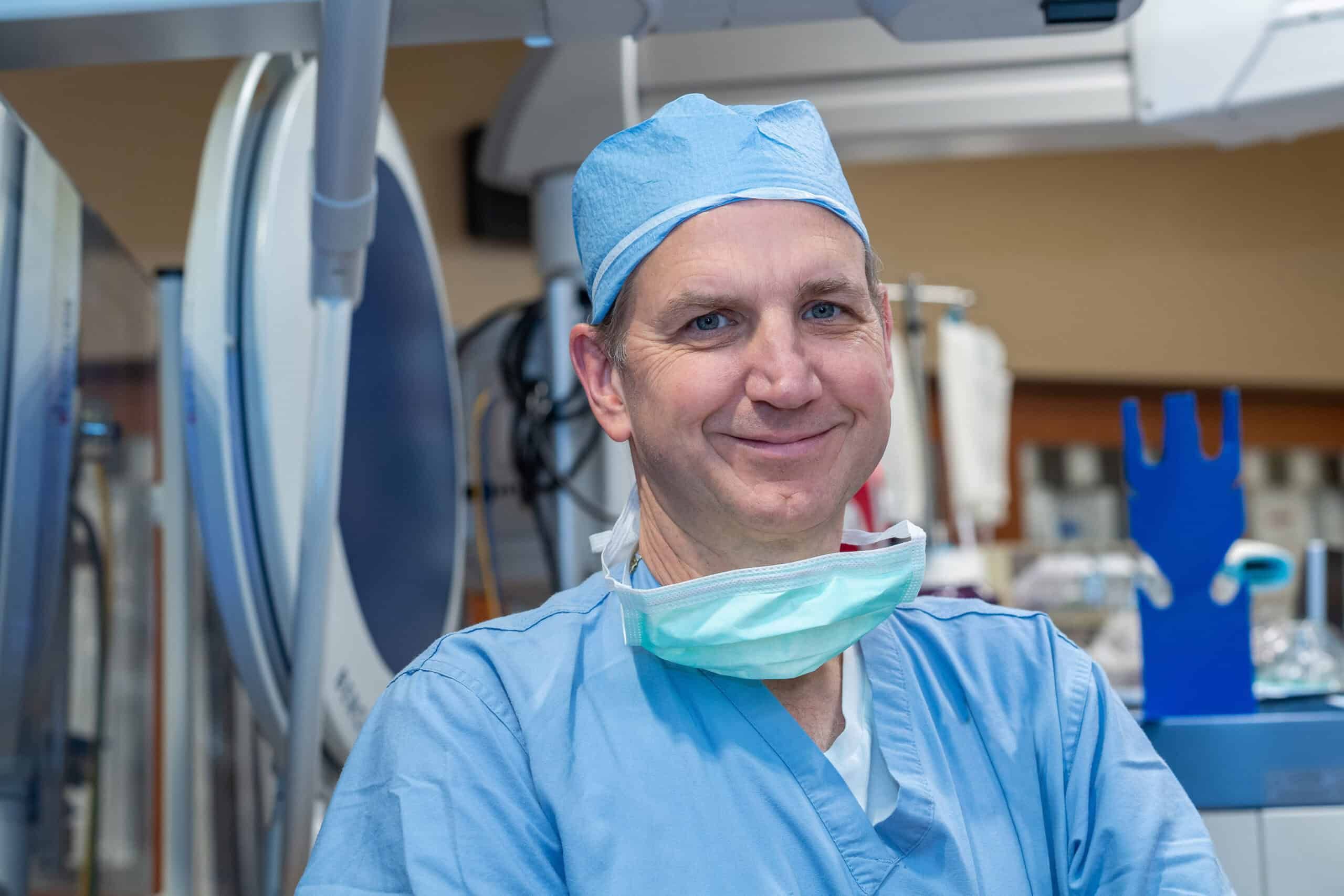Podiatry Care
Want to learn more about this at Kettering Health?
AEDs—like the one used to save Buffalo Bills’s Damar Hamlin’s life in January 2023—will now be required in all Ohio schools and sports facilities.
On Tuesday, July 24, Ohio Governor Mike DeWine signed House Bill 47, which says AEDs will be available in every public and chartered nonpublic school in Ohio. This also extends to sports and recreation venues owned by local governments. The bill also includes stipulations for AED training.
The goal of the bi-partisan bill: save more lives during cardiac emergencies.
Dr. Brian Schwartz, cardiologist and medical director of Kettering Health Heart & Vascular, sees the improved presence of AEDs as an easy and crucial way to protect the health and well-being of countless citizens.
“Having the devices at-the-ready increases the likelihood that they will be used during a cardiac emergency.”
Why this bill matters
AEDs, or autonomous external defibrillators, are life-saving devices designed to restart the heart after cardiac arrest. CPR, which helps keep blood moving, “buys you time,” Dr. Schwartz says. “But when the heart stops, the brain can die in as little as four minutes from lack of blood supply.”
AEDs, then, restart the heart with electric shocks in as little as two minutes. And their presence and use are often decisive in whether someone going through cardiac arrest can survive outside a hospital.
“During cardiac emergencies, time is of the essence. Minutes matter,” Dr. Schwartz says. “The quicker we can get the heart back to beating and pumping blood, the better.”
And while cardiac emergencies happen less frequently in younger adults, “they do happen.” And it won’t be only students and student-athletes who benefit, but parents, grandparents, coaches— “people of all ages will benefit from having AEDs easily accessible.”
What causes cardiac arrest?
Cardiac arrest occurs when the heart’s electrical system malfunctions. This can occur from trauma, such as being hit in the chest. Underlying conditions as well as a family history can make anyone prone to having a cardiac emergency.
Dr. Schwartz recommends anyone worried for themselves or their children about the possibility of a cardiac emergency see their primary care provider or pediatrician about getting an echocardiogram—an ultrasound of the heart—to screen for underlying heart conditions.
Can anyone use an AED?
AEDs have become much more user-friendly. In fact, many AEDs are now made to lead users through necessary steps. From audio instructions to graphics, they’re intuitive devices, which means users don’t need to feel intimidated when operating them.
But the bill still requires training for those most appropriate to use these devices—staff, coaches, etc. Even so, Dr. Schwartz encourages everyone to seek training in CPR, AED use, and first aid “because you never know when an emergency might happen.”
Talk to your primary care provider about your heart health and what steps you can take to be prepared for cardiac emergencies.











